
How Do Braces Fix An Overbite – How Does It Work?
One of the most noticeable orthodontic issues that need correction is an overbite. Overbites are an orthodontic condition that is frequently treated sooner rather than later due to the potential for physical and psychological complications they can also cause.
To correct an overbite, pressure can be applied to the mouth with appliances that reshape the shape of the mouth. As time passes, the top and bottom arches shift into a more balanced profile.
This article will provide an explanation of how braces can correct an overbite. This will enable you to choose the best overbite treatment option for you.
What is An Overbite?
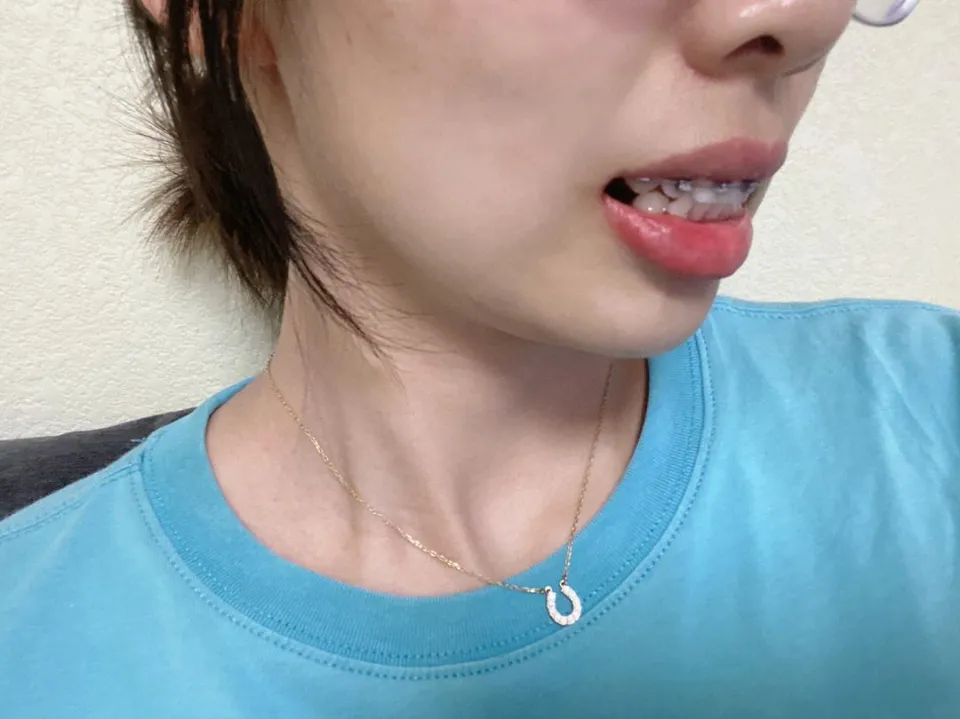
When the upper jaw and teeth cross the lower jaw and teeth, this is known as an overbite. Dentists and orthodontists refer to overbites as a type of malocclusion. A vertical or horizontal overbite is possible. A horizontal overbite (more formally known as an overjet) is when the top teeth protrude over the bottom teeth, while a vertical overbite is when the top teeth overlap the bottom teeth. Patients may exhibit both of these symptoms.
Additionally, a skeletal or dental overbite can be distinguished. A dental overbite is when the teeth are in the wrong position and skeletal means the jaw causes the overbite. Children with overbites most frequently experience dental problems.
What Causes An Overbite?
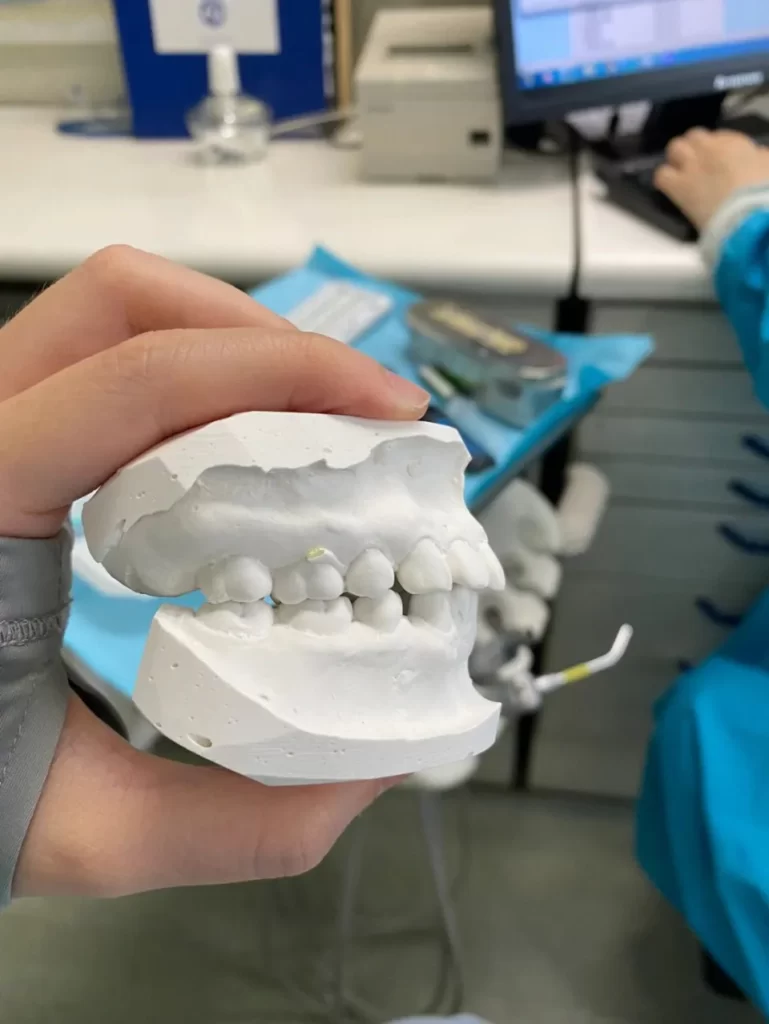
It’s unclear why some people get an overbite while others don’t. The jaws of some people develop unevenly from birth due to malformations. Others may have jaws that are too large or too small for their teeth at birth, which can cause crowding, wide spaces between teeth, and an overbite. We know that genetics play a major part so if the parents needed orthodontic treatment for an overbite, it’s more likely their children will need treatment for similar problems.
The environment, not genetics, is to blame for some of the deepest overbites. After the age of five, a child who consistently uses a dummy or sucking on their thumb or finger runs the risk of moving their front teeth and jawbone forward. To make room for the forward tongue, the top teeth and jaw expand, but the bottom teeth and bone can be pushed back by the dummy or parts of the hand. For the jaw and teeth to develop as they should, it’s critical to encourage children to stop thumb sucking by the age of five.
Even if a person gets through childhood without showing any signs of having an overbite, it could still appear as a teen or adult. An overbite can develop later in life as a result of chewing on nails, biting pens frequently, or tooth loss without treatment.
How Long Does It Take to Fix An Overbite With Braces?
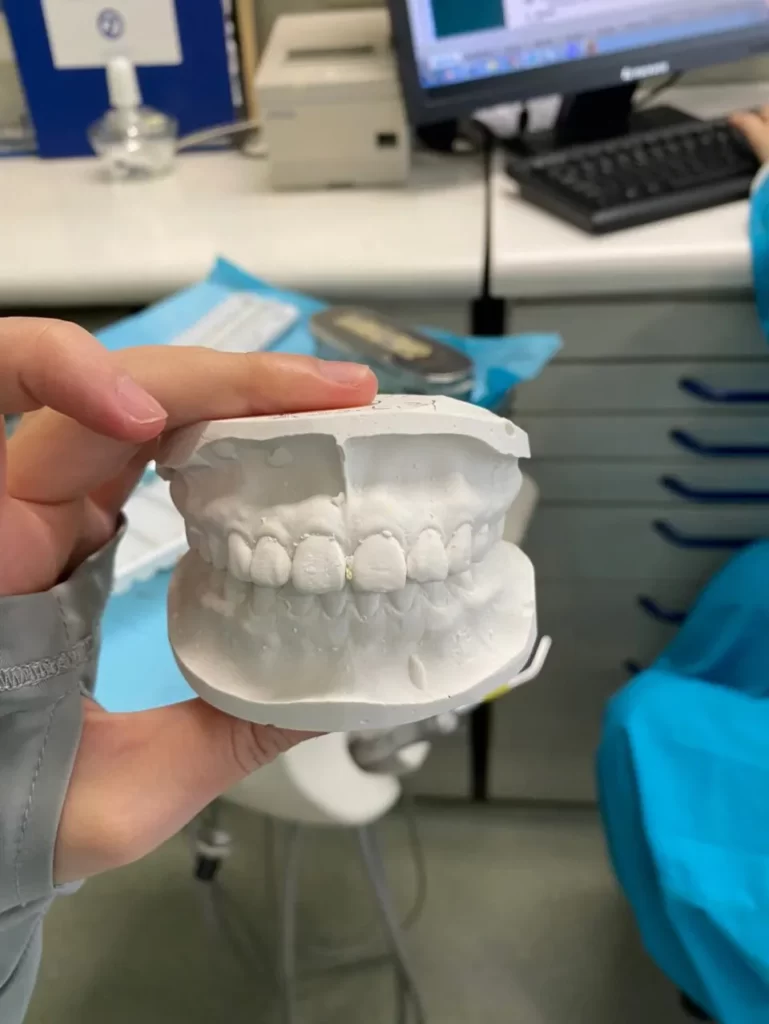
One of the orthodontic issues requiring the most time to correct with braces is a deep overbite. Additionally, the overbite is frequently not the only issue. There are numerous issues to address as the patient is likely to have overcrowding or crooked teeth.
Although every case is unique, braces may be required for at least two years in severe overbite cases. A retainer is worn to keep the teeth in place after the braces are removed.
Can Braces Alone Fix An Overbite?
For some adults with severe skeletal overbites and jaw issues, surgery is necessary to realign the jaw in addition to braces. In addition to other treatments like surgery or tooth extractions, braces must be used. When a patient needs an extraction, an orthodontist will refer them to a dentist or oral surgeon.
Growing jaws help children and some teenagers move their jaws into the proper position with braces, decreasing the likelihood of surgery.
In order to expand the jaw’s size and accommodate the crowded teeth in a small jaw, a palate expander may be used in early treatment of children. It is easier for braces to move teeth into the right position and eliminates the need for tooth extractions when the jaw is larger.

Problems Caused by An Overbite
When a child has an overbite, parents most frequently realize that the child needs orthodontic treatment. Since they frequently experience dental-related physical or mental health issues, children with an overbite frequently seek treatment earlier than children with other issues.
It’s Not Just About Aesthetics
Overbites are a functional problem that can lead to other issues, so fixing them is not a cosmetic procedure. Health issues related to an overbite are frequently experienced by the individual. Some patients will make the connection between the two, whereas others won’t do so until after treatment or if the orthodontist specifically asks. The most common health problems linked to overbites are:
Headaches
People with an overbite frequently experience headaches and migraines as a result of the misaligned jaw. The lower jaw can compress the joint and skull bone because the muscles holding the jaw to the skull outweigh them. A jaw imbalance can result in sinus infections and sore throats because jaw muscles are connected to the sinuses.
Teeth Clenching & Jaw Grinding
A person with an overbite may clench their jaw or grind their teeth while they sleep. Joint discomfort and tooth wear are potential effects of this. To safeguard the teeth while the overbite issue is being addressed, they might advise wearing a retainer at night.
TMJ Disorder
Temporomandibular joint (TMJ) disorder is one of the most frequently occurring issues related to an overbite. For eating, drinking, talking, and making facial expressions, movement is possible at the joint on either side of the face that joins the jaw bone to the cheek bone. Jaw pain, ear pain, a clicking sound when opening the mouth or chewing, and even jaw locking are signs of TMJ disorder.
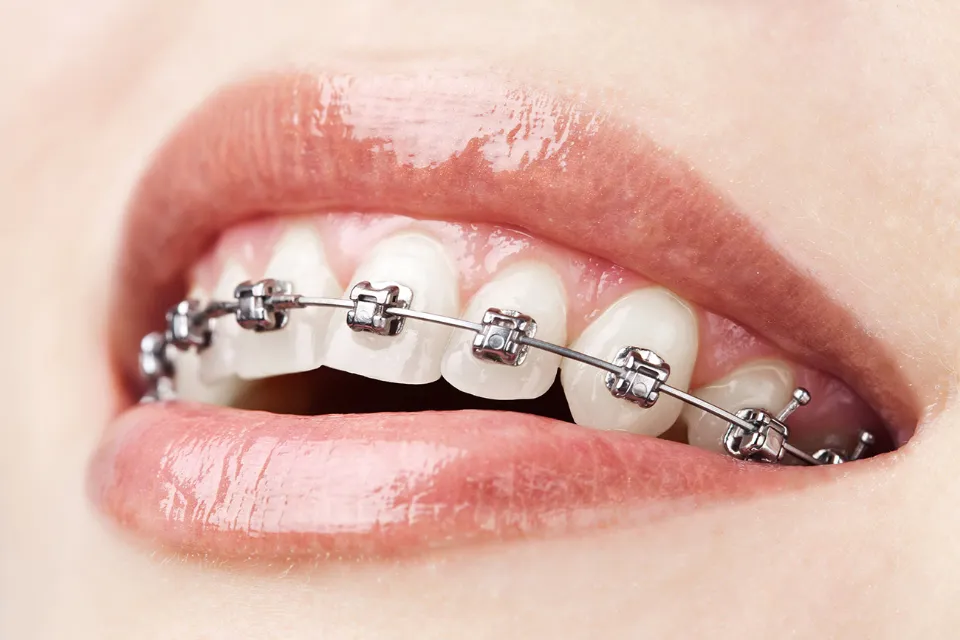
Neck Pain
Due to the neck’s close relationship to the jaw, overbite sufferers frequently experience neck pain. An unbalanced jaw can cause pain in the neck or shoulders. Without adjusting the jaw, the pain might not go away, but physiotherapy can help in the short term.
Facial Structure Altered by an Overbite
The appearance of the patient’s face is impacted by a deep overbite. An overbite frequently results in the patient having a recessive chin, which can make their face appear shorter and rounder and make them look older than they actually are. Because the chin moves forward and the face appears longer and narrower after orthodontic treatment, the jaw’s position changes.
Speech Problems Caused by an Overbite
An overbites patient may lisp and use their tongue more, which affects their ability to speak clearly. In both children and adults, correcting the overbite can frequently result in improved speech.
Psychological Effects of an Overbite on Children
The most obvious orthodontic issue is overjetted front teeth. When a peer’s teeth are so obvious, it is simple for children to make cruel jokes. Serious self-esteem problems may result from bullying. Before their children are teased by their peers, many parents make treatment requests as soon as possible.
Increased Risk of Injury to Teeth
Overbite patients are more likely to suffer dental harm. When the top teeth are visible above the lower teeth, they are more likely to be chipped or lost while playing sports, in accidents, or just by being kids. The teeth are better protected from bumps and falls when the front teeth are moved back and the overbite is corrected with braces.
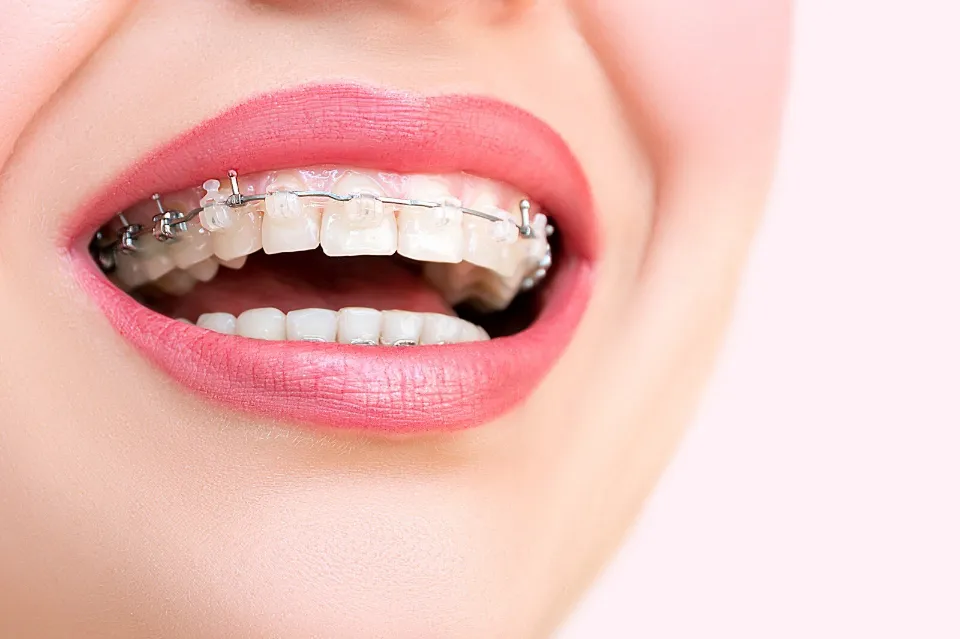
How Much Do Braces Cost to Fix An Overbite?
Braces cost anywhere between $4,000 and $9000 on average, depending on a number of factors, including the extent of the overbite that needs to be corrected. Although it may seem like a sizable investment, the outcomes are worthwhile. Your new smile is truly priceless, but so is the confidence you gain.
The Takeaway
Dental overbite, which can range in severity from mild to severe, is a common issue. The most frequently prescribed remedy for this condition is conventional braces.
An aligner, such as the Invisalign braces, can be used to treat mild or moderate overbites.
When the jaw bones are not aligned properly, very severe gaps between the upper and lower teeth may necessitate surgery in addition to braces. (Read More: Can Braces Fix Gaps in Teeth)
FAQs
How Long Do Braces Take to Fix An Overbite?
There is no set timeframe for how long an overbite will be treated with braces because each person’s condition is different. The average length of the course of treatment is between six months and two years. Because they are frequently accompanied by other dental issues like overcrowding, severe overbite cases frequently take longer to treat.
Do Braces Actually Fix Overbite?
For the majority of overbite issues, braces work well. X-rays aid in identifying the type of overbite and the relationship between the teeth and jaw during the assessment stage. After that, the upper and lower dental arches are fitted with braces. The teeth are first straightened and aligned by the arch wire.
How Does Overbite Braces Work?
Your teeth can be moved into the proper position with the aid of overbite braces. Overbite braces are positioned over the teeth in a similar manner to traditional braces; they gradually move the teeth over time. In time, the overbite issue is resolved when the front teeth and bottom teeth are properly aligned.





I was looking around for groceries online and saw a couple of online ads that offer overbite repairs. I never knew that dentists could fix these issues by using braces. I think people born with this condition should try this out for a more confident smile.